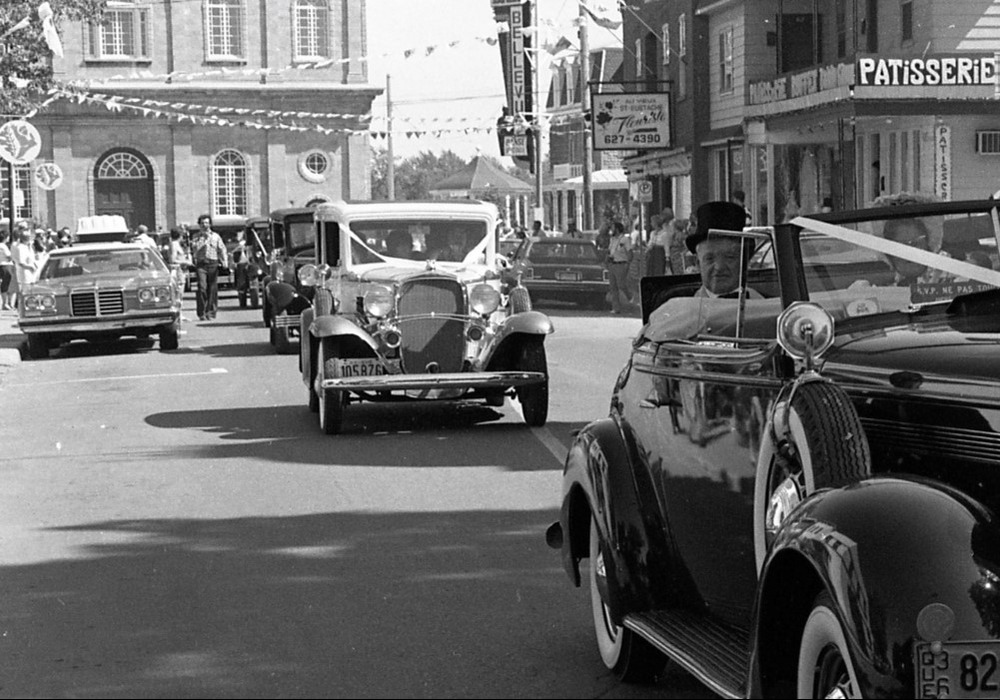The story of Milltown-Head Bay d’Espoir is the story of tall trees and more. Its history depicts an interesting contrast to the surrounding South Coast. One of the most striking differences is that Milltown-Head Bay d’Espoir is not so much associated with making a living from the sea, but is more closely linked to the land; in particular logging and shipbuilding. In the beginning, the need for masts for ship sailing brought the early loggers to Bay d’Espoir. The forest was a great source of tall trees, thirty to fifty feet in height, and allowed them to obtain the necessary raw materials to build their ships. It has been documented in the letter book of Saunders & Sweetman Co., dated June 4th 1789, that Pierce Sweetman, merchant agent, ordered Captain Fling to go to Paradise and then on to Bay d’Espoir to collect pine planks for shipbuilding because of the quality and size of the timber.
While early export records of most Newfoundland communities show the number of salt fish shipped each season, Bay d’Espoir, accounted for the amount of boat framing and planking, shingles and timber taken out each year.
The beginning of Milltown can be traced back to 1894 when the merchant John E. Lake built a large sawmill at Weasel Island. With only 20 people living on a shoreline of two miles, the sawmilling industry continued to grow in Milltown. Throughout the late 1800’s to 1940’s, Milltown and Head Bay d’Espoir were recognized as two separate communities – their story was one of hardworking and determined people who adapted through hardships and change to create their own community, culture and heritage. While the forest is no longer the driving force of the local economy, it still plays an important role in the lives of those who call Milltown – Head Bay d’Espoir home. We invite you to take a look back at the history of the community and its link to the forests of Bay d’Espoir!


